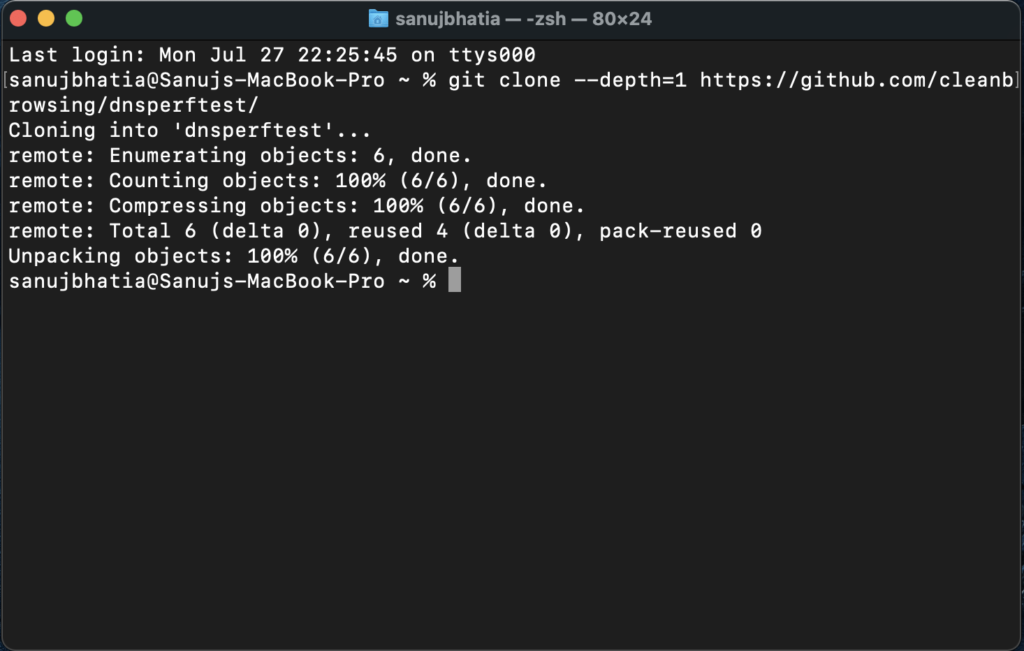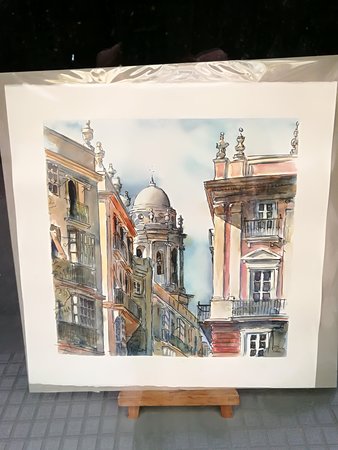

The Terminal default colors, described by exfxcxdxbxegedabagacad, and ordered by file type / text color / background color, are: The same letters in uppercase indicate Bold. directory writable to others, without sticky bit – any user with write and execution permissions can rename or delete files.directory writable to others, with sticky bit – only the owner can rename or delete files.executable with setgid bit set (setgid is a short for set group ID upon execution).executable with setuid bit set (setuid is a short for set user ID upon execution).

character special – a kind of device file.pipe – special file that connects the output of one process to the input of another.socket – special kind of file used for inter-process communication.symbolic link – special kind of file that contains a reference to another file or directory.Where the string exfxcxdxbxegedabagacad is a concatenation of pairs of the format TB, where T is the text color and B is the Background color. Now, let’s learn how we can configure our Terminal to obtain the colors of the figure.Ĭolors can be changed using the LSCOLORS variable in the ~/.bash_profile. Save the file, and activate the changes like before. You only need to open the ~/.bash_profile file and add the following line: Source ~/.bash_profile Activate colors in your TerminalĪctivate colors is very easy. To activate these changes open and close the terminal, or run You can find more information about these special characters in this link. \h \W indicates the format of the prompt: path.Where the first line is a comment indicating the default value, and To change the color of the Terminal prompt to a green color, open or create the file ~/.bash_profile and \W]\$ ‘ # \W]\$\ ‘

#COMMAND LINE FOR MAC CHANGE DIRECTORY HOW TO#
It also covers how to activate the Terminal color layout, a very useful feature that displays different colors depending on the character of the file or folder. This post explains how you can change the color of the Terminal prompt in Mac OS X.


 0 kommentar(er)
0 kommentar(er)
